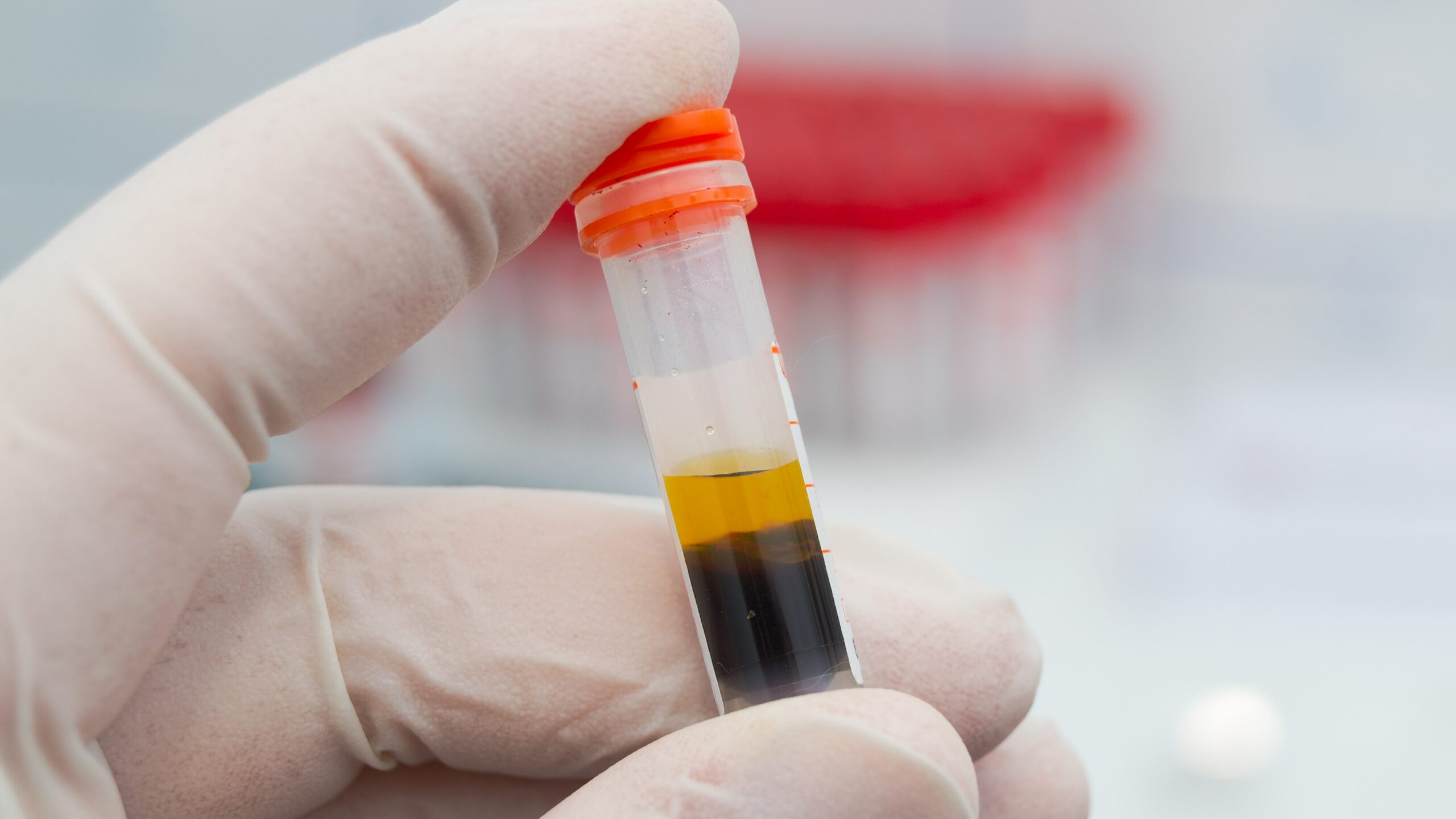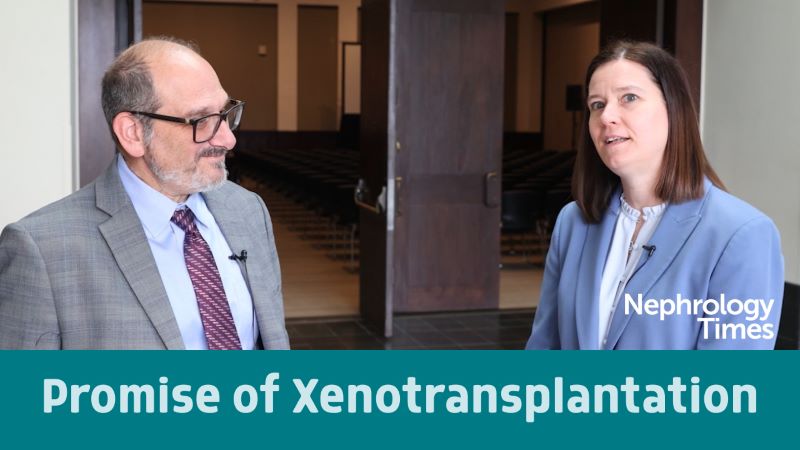
In patients with end-stage renal
disease or earlier stages of chronic kidney disease, weight loss may signal
protein-wasting malnutrition and progressive sarcopenia, as well as increased
risk for mortality. Wasting measured by unintentional weight loss is a factor
in physical frailty. Frailty in recipients of deceased donor kidney
transplantation is associated with increased risk for delirium, early hospital
readmission, longer transplant hospitalization length of stay, and
post-transplant mortality.
However, according to Meera Nair
Harhay, MD, MSCE, et al., there are few data available on pre-deceased
donor kidney transplantation weight loss as an independent predictor of posttransplant
outcomes. Dr. Harhay and colleagues conducted a retrospective cohort study to
examine whether there is an independent association between weight change while
awaiting deceased donor kidney transplantation and differences in transplant
hospitalization length of stay and in posttransplant all-cause graft loss and
risk of mortality. The researchers also sought to determine whether the
association of pretransplant weight change with posttransplant outcomes was
modified by patient characteristics. Results of the study were reported in the American
Journal of Kidney Diseases [2019;74(3):361-372].
The outcomes of interest were (1)
transplant hospital length of stay in days; (2) all-cause graft failure; and
(3) mortality. The study exposures were relative pretransplant weight change as
a continuous predictor and characterized as (1) <5% weight changes from
wait-listing to transplant (stable weight); (2) weight loss ≥5% and <10% of
listing body weight; (3) weight loss ≥10% of listing body weight; (4) weight gain
≥5% and <10% of listing body weight; and (5) weight gain ≥10% of listing
body weight.
The study included 94,465 recipients
of a deceased donor kidney transplant between December 4, 2004, and December 3,
2014. Median age was 54 years, 32% were black, and 60% were male. Median
follow-up posttransplantation was 5.0 years. Median change in weight from
listing to transplantation was 0 kg.
Weight change pretransplant was more
common among recipients in the later years of the study period. Fifty-two
percent (n=49,366) of recipients underwent transplant with stable weight
(<5% weight change from listing to transplant); 12% (n=10,921) of recipients
had lost ≥5% and <10% of their listing weight, 11% (n=10,779) had gained ≥5%
and <10% of their listing weight; 14% (n=12,785) had gained ≥10% of their
listing weight, and 11% (n=10,614) had lost ≥10% of their listing weight.
Those with ≥10% pretransplant weight
loss were more likely to be younger than 45 years than those with <5%
pretransplant weight change (33% vs 29%), more likely to be of black race (37%
vs 31%), female (41% vs 37%), and have longer waiting times (median, 3.0 vs 1.8
years) (P<.001 for all comparisons). Those with <5% pretransplant
weight change had similar rates of delayed graft function as those with ≥10%
relative weight loss (24% vs 25%; P=.05).
There was a nonlinear unadjusted
association between relative pretransplant weight change and transplant
hospitalization length of stay, with a steep increase in length of stay among
those with >20% relative pretransplant weight loss compared with those with
no pretransplant weight change. In the complete gamma regression model, those
with ≥10% pretransplant weight loss had 0.66 (95% confidence interval [CI],
0.23-1.09) days longer average transplant hospitalization length of stay
compared with those with <5% pretransplant weight change (P=.003).
The association between pretransplant
weight loss and transplant hospitalization length of stay was modified by
pretransplant dialysis exposure, time on the transplant wait list, and listing
body mass index (BMI). Age was not an effect modifier. Weight loss of ≥10% was
associated with greater increased in length of stay among those with <3
years of dialysis exposure, shorter time on the wait list, and overweight or
obese listing BMIs.
There was a nonlinear unadjusted
association between relative pretransplant weight change and all-cause graft
failure, with steep increases in graft failure among those who lost or gained
≥10% of their listing weight compared with recipients with no pretransplant
change in weight. The unadjusted cumulative incidence of graft loss was highest
among those who lost ≥10% of their listing weight.
In the complete case multivariable
Cox model for all-cause graft loss, compared with recipients with <5%
pretransplant weight change, those who lost ≥10% of their listing weight had
11% higher post-transplant graft loss (adjusted hazard ratio [aHR], 1.11; 95%
CI, 1.06-1.17; P<.001); recipients who gained ≥10% of their listing
weight had 6% higher graft loss (aHR, 1.06; 95% CI, 1.01-1.12; P=.02). The
association between pretransplant weight loss and all-cause graft loss was not
modified by recipient age, dialysis vintage, time on wait list, and listing BMI
category.
There was a nonlinear association
between relative pretransplant weight change and mortality, with a steep
increase in mortality among those who lost ≥10% of their listing weight
compared with recipients with no pretransplant weight change. In the complete
case multivariable Cox model for mortality, compared with those with <5%
pretransplant weight change, those who lost ≥10% of their listing weight had
18% higher posttransplant mortality (aHR, 1.18; 95% CI, 1.11-.1.25; P<.001).
The association between pretransplant weight loss and mortality was not
modified by recipient age, dialysis vintage, time on wait list, and listing BMI
category.
The main study limitations cited by
the authors were unmeasured confounders and the inability to identify
volitional weight change.
In summary, the researchers said,
“Among recipients who underwent deceased donor kidney transplantation in the
United States from 2004 to 2014, we found that substantial pre-deceased donor
kidney transplant weight loss was associated with longer transplant
hospitalization length of stay and higher risks for all-cause graft loss and
death. Because these associations were not modified by higher recipient listing
BMI, our study suggests the need to closely monitor volitional weight loss
among deceased donor kidney transplant candidates for evidence of worsening
nutritional status and sarcopenia. More intensive monitoring strategies for
deceased donor kidney transplant recipients who have experienced substantial
pre-deceased donor kidney transplant weight loss may also be warranted.”
Takeaway Points
- Researchers conducted a retrospective cohort study to examine whether weight change while on the kidney transplant wait list is independently associated with differences in transplant hospitalization length of stay and in posttransplant all-cause graft loss and mortality.
- There was an association between ≥10% pretransplant weight loss and longer transplant hospitalization length of stay compared with <5% pretransplant weight change; the association was modified by pretransplant dialysis vintage, listing body mass index category, and time on wait list.
- There was also an association between >10% pretransplant weight loss and 1.11-fold higher graft loss and 1.18-fold higher mortality, compared with <5% pretransplant weight change; the association was not modified by pretransplant dialysis vintage, listing body mass index category, and time on wait list.







 © 2025 Mashup Media, LLC, a Formedics Property. All Rights Reserved.
© 2025 Mashup Media, LLC, a Formedics Property. All Rights Reserved.